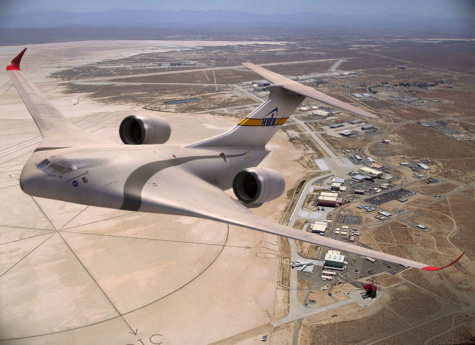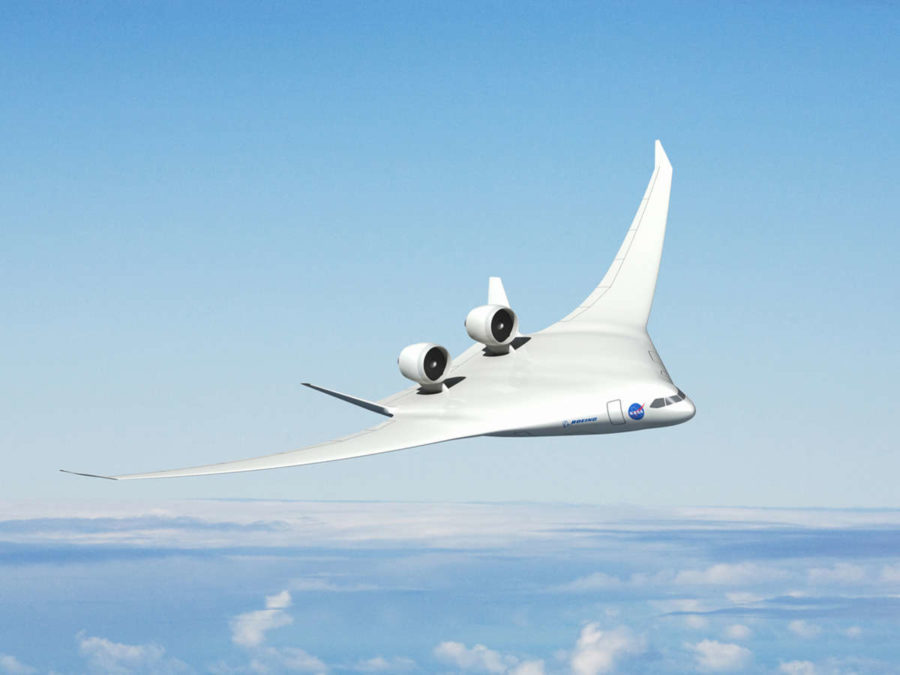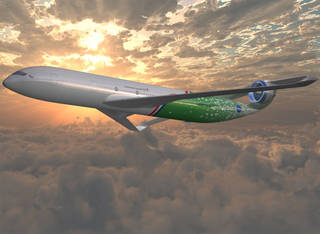The Future of Flight
Air travel is evolving every moment; what will happen next to our aircraft?
January 11, 2018
Without a doubt, one of humanity’s most revolutionary inventions is flight. From the balanced, motored wings of jumbo airliners to the powerful engines of jet aircraft, the creation of flight has become a staple of mankind’s immense achievements. But there’s still more room for breakthroughs in this field of travel, and it’s time to discuss. What is the future of flight?
Planes are changing every day, as science develops new improvements to take into account and act on. But with interest comes one of the more troubling aspects of these airborne wonders: emissions. Planes’ carbon dioxide emissions vary widely, but always leave a damaging impact. On the topic of plane emissions, the Guardian states, “CO2, released by all fuel-burning vehicles, can remain in the air for centuries, causing a gentle warming effect. By contrast, most other gases and impacts – such as the vapour trails and tropospheric ozone produced by planes at altitude – cause much more potent but shorter-lived bursts of warming.”
This isn’t good, as more and more of these gases and chemicals breach the sky daily. Luckily, scientists around the world are on the verge of inventing what can arguably be called the next big step in human air travel. Dubbed “green aviation” by NASA, they predict that by 2025, airplanes will be relying heavily on green energy, highly reducing these emissions. Companies like Lockheed Martin Aeronautics Company, based in Ft. Worth, Texas, have created designs and concepts for these environment-friendly planes, and they’re getting closer and closer every day to bringing them to life.

While scientists and engineers constantly make advancements toward truly green energy planes, some have already achieved renewable energy-based flights. One such example is a flight that took off from Washington state in November of 2016. Flying from Seattle-Tacoma to Washington D.C., the jumbo airliner was the first to use renewable energy in its flight, with a significant biofuel input of about 20 percent, according to Independent.
Additionally, NASA awarded contracts to three company teams in 2010. Northrop Grumman, The Boeing Company, and the previously discussed Lockheed Martin all were given concept quotas for planes that could take initial flight by the year 2025, and they obliged. As of now, their design ideas are coming to life every second, and their concepts are shown below.
Flight has an unpredictably superb future, and it’ll be difficult to ignore our further achievements in this field of human travel for years to come.






